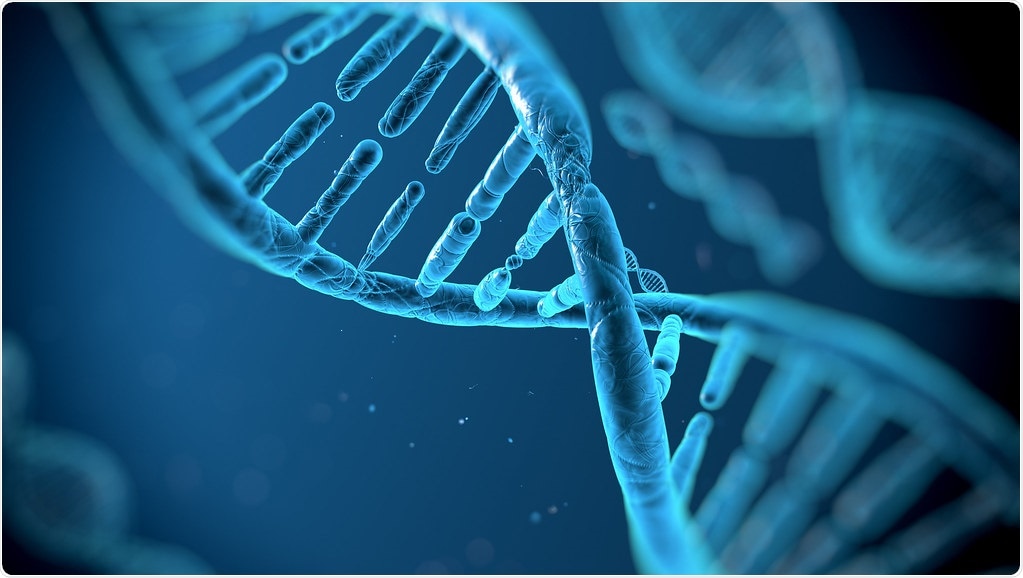A majority of the organisms attempt to halt their DNA from mutating, but now researchers from the United Kingdom and China have discovered that a common fungus present on bread vigorously mutates its own DNA as a means to fight virus-like infections.

Neurospora crassa is world record-breaking when it comes to mutation rate, more than a hundred times higher than any non-viral life on the planet. Image Credit: University of Bath.
Every organism mutates all the time. Every individual is born with around 10 and 100 new mutations, for instance. A majority of these mutations do not cause major harm, but if they hit one of the person’s genes, they could become more harmful than beneficial. And if they turn out to be sufficiently detrimental, they can play a role in genetic diseases.
While mutations can allow species to acclimatize, a majority of the mutations are harmful; hence, evolutionary biologists have hypothesized that natural selection will invariably work to minimize the rate of mutations.
While this view was supported by previous data, the current study performed by Professor Laurence Hurst of the Milner Centre for Evolution at the University of Bath (United Kingdom) and Sihai Yang, Long Wang, and collaborators from Nanjing University (China) have identified that Neurospora crassa—a type of bread mold—is quite an exception to the rule.
Many organisms have a problem with transposable elements, otherwise called jumping genes. These are virus-like bits of DNA that insert themselves into their host’s DNA, copy themselves and keep on inserting—hence the name jumping genes.”
Laurence Hurst, Professor and Director, Milner Centre for Evolution, University of Bath
Professor Hurst added, “Organisms have found different ways of combatting this nuisance, many of which try to prevent the transposable elements from expressing their own genes. Neurospora has evolved a different solution: it hits them exceptionally hard with mutations to rapidly degrade them.”
Published in the Genome Biology journal, the study discovered that Neurospora differentiates jumping genes from its own DNA by identifying two or more copies of the same piece of DNA. The fungus subsequently assaults the jumping genes by mutating them in a process known as Repeat-Induced Point mutation (RIP).
To figure out how RIP affects the own DNA of the fungus, the researchers sequenced the whole genome from parents as well as offspring for several strains of Neurospora to observe the number of mutations that could be detected and their location in the DNA.
On the whole, the researchers found that every base pair present in the Neurospora genome has roughly a one-in-a-million chance of mutating each generation—more than 100 times higher than any non-viral life existing on the planet.
This was a real surprise to us—any organism that hits its own genes with that many mutations is likely one that will not persist for very long. It would be like opening up the back of a watch, stabbing at all the cog wheels that look a bit similar and expecting the watch to still function!”
Laurence Hurst, Professor and Director, Milner Centre for Evolution, University of Bath
Hurst continued, “Our findings show that Neurospora has not only a high mutation rate but is also a massive outlier. It appears to use RIP to destroy transposable elements but at a cost, with considerable collateral damage.”
This organism thus goes against the standard theory for mutation rate evolution which proposes that selection should always act to reduce the mutational burden. It is the exception that proves the rule.”
Laurence Hurst, Professor and Director, Milner Centre for Evolution, University of Bath
Source:
Journal reference:
Wang, L., et al. (2020) Repeat-induced point mutation in Neurospora crassa causes the highest known mutation rate and mutational burden of any cellular life. Genome Biology. doi.org/10.1186/s13059-020-02060-w.